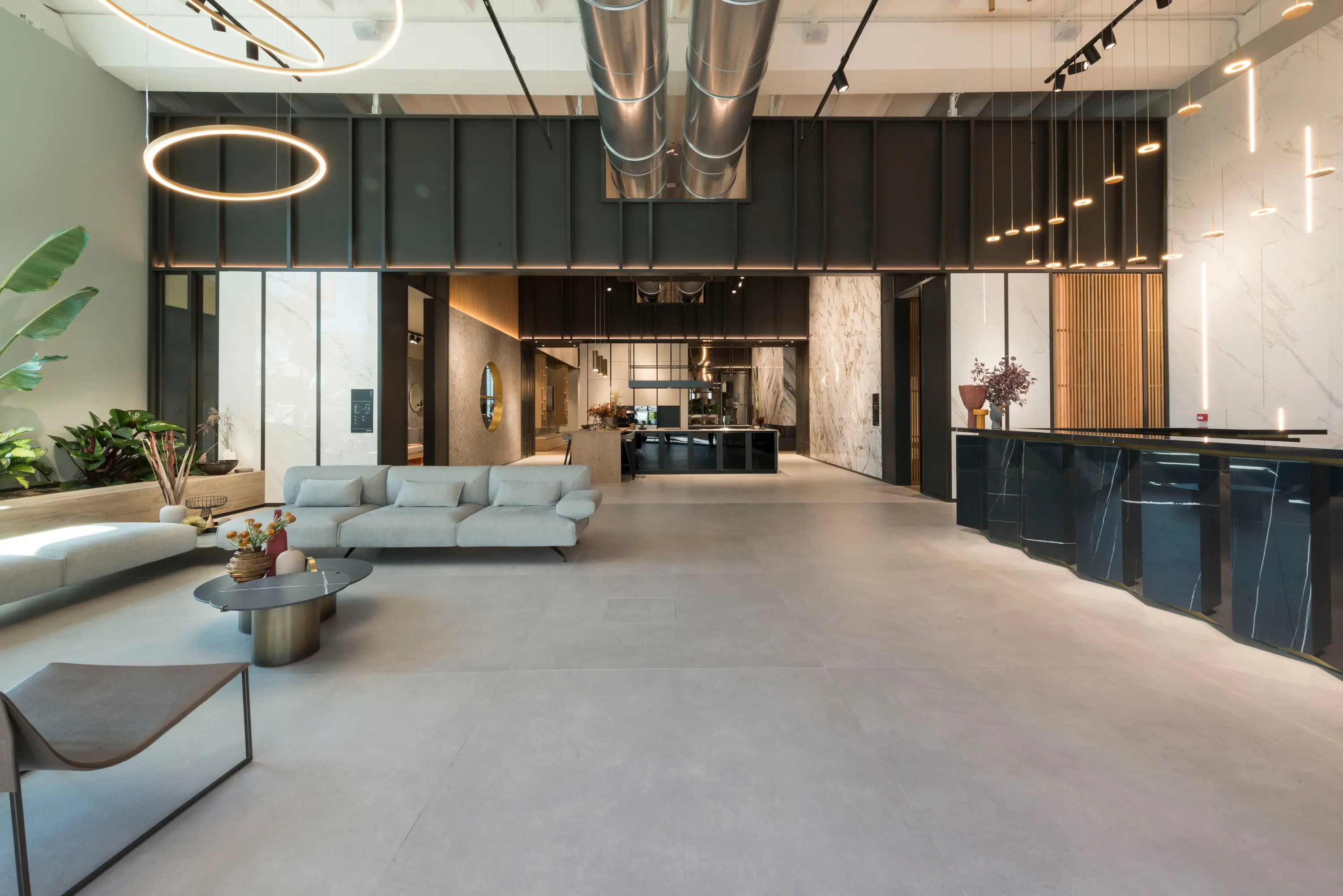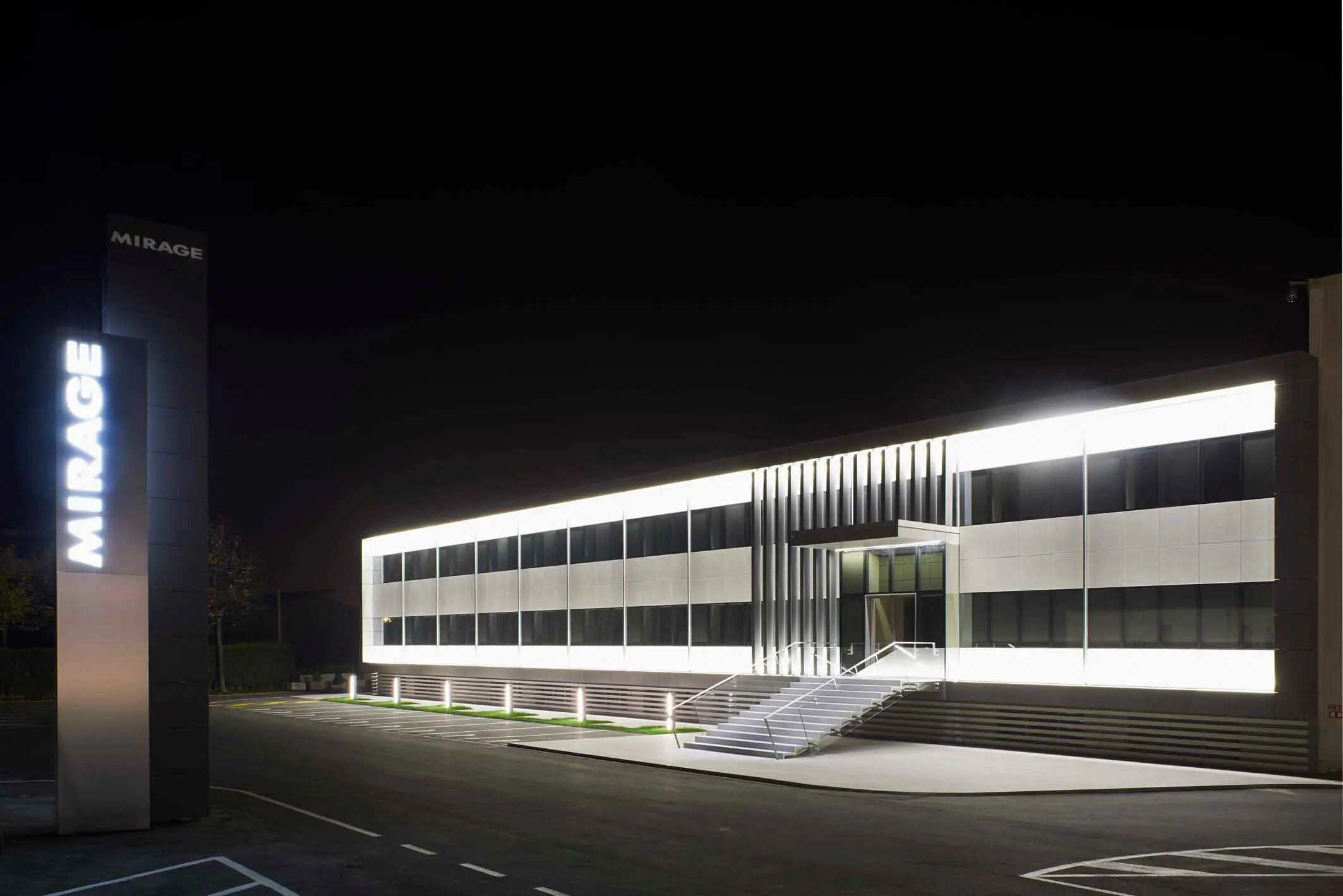Products by Mirage
See all productsCollections
See all collectionsCatalogs
See all catalogs
Collections 2022 (ru, cn)
en • de • it • es • fr • 2021
Read more about Mirage
See all storiesSimilar brands to Mirage
See allWhere to find Mirage
About Mirage



Mirage designs and produces porcelain stoneware floors and coverings for commercial, public and residential spaces.
Through solid expertise and "know-how", Mirage is able to install ceramic solutions that can enhance any design theme in an environmentally-friendly manner. The staff at Mirage have been designing new living solutions for 45 years, collaborating with more than 160 countries around the world. They place a strong focus on the latests trends and constantly carry out innovative research.
Mirage is a guarantee of stability and reliability, ensured by solid experience that has marked milestones in the development of porcelain stoneware. Thorough knowledge of materials, combined with hard work in research and development, has allowed Mirage to offer ever-more innovative solutions synonymous with reliability and quality.
Our values and our mission
Mirage engages a unique heritage of skill, passion and efficiency to create the best designs, no matter the size of the project. The company's mission is to represent the excellent quality of Italian ceramic production, and its "Made in Italy" label, throughout the world.
Mirage is the ideal voice for design teams and architects as well as retailers and collaborators, which it supports through the delicate stages involved in managing projects and work sites.
Quality and design: porcelain stoneware that is constantly evolving
The solutions that Mirage designs and supplies meet the demands of any setting- from airports to shopping centres, homes and public spaces. A vast product range of coverings and floors allows Mirage to meet the technical specifications of very different types of surface- small measurements, ventilated facades and raised floors.
What allows such great versatility is Mirage's porcelain stoneware, which responds to the highest quality and technical standards demanded by a constantly evolving market.

















